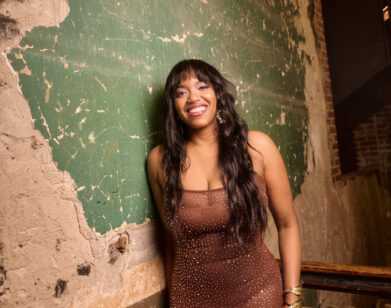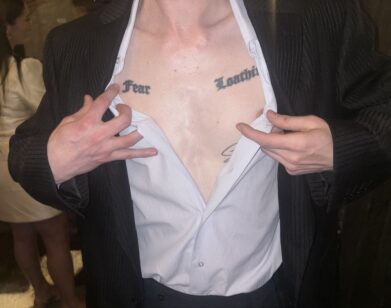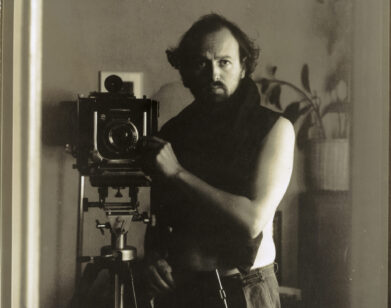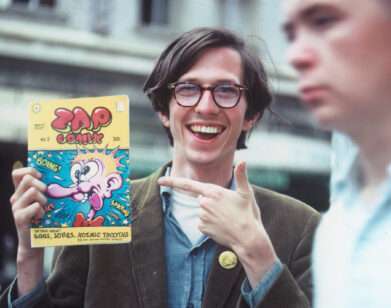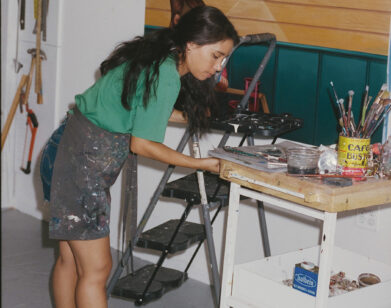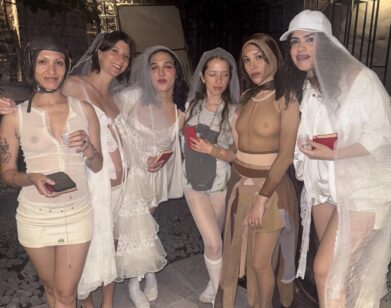Misfit Marilyn at the Warhol
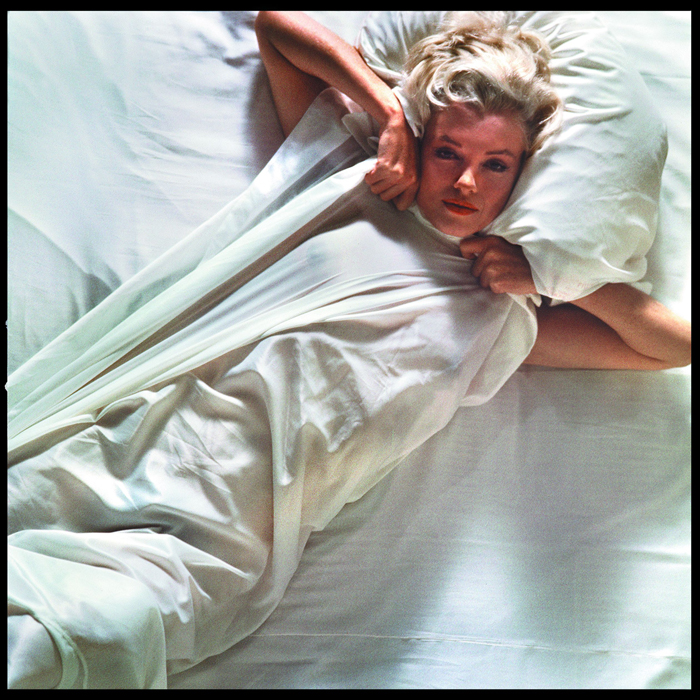
DOUGLAS KIRKLAND, ONE NIGHT WITH MARILYN
COURTESY WARHOL MUSEUM
The walls of Pittsburgh’s Andy Warhol Museum, the temporary home of “Marilyn Monroe: Life as a Legend,” have been painted an all-embracing sensuous red. It makes a fitting home for this exhibition, familiar and over the top at once. Warhol was enamored of Monroe’s celebrity: His first solo show in 1962 featured Marilyn Diptych, a screenprint completed weeks after her death. Featuring the work of over 80 artists, the exhibition is a visual chronology of Monroe’s life opposite the camera, and the legacy left upon her death in 1962. While seeking insight to her life, rather, the exhibition reiterates the myth of Marilyn Monroe and her iconic presence.
The exhibition launches with Bruno Bernard’s 1946 “Discovery Series,” a set of awkward photographs of the young (and brunette) Norma Jean Baker. What follows is a girl-next-door personae shed, and a series of portraits by, among others, George Silk, Tom Kelly, and Richard Avedon. Monroe’s endlessly repeated expression of delight ensures renewed freshness and tantalizing appeal in dozens of glossy photographs.
A singularly challenging photograph shot by Ernst Haas on the set of The Misfits captures Monroe in rare moment of relaxation or exhaustion. Her 5’5″ “bombshell” figure appears unusually slumped; overshadowed by two standing film lights and a serpentine tangle of cords. Her facial expression out of view, the iconic value of Monroe, empowered by her unforgettable features and pose, is lost. Rather, she appears as a slight lonely woman, caged by the film industry. This photograph serves as a pause in Monroe’s constant performance of herself, without letting us forget that, conscious of her iconic status as she is, the performance might never end.
An adjacent space presents Warhol’s personal collection of more than 120 photographs of Monroe. Underscoring his obsession with the actress, this curious archive documents Warhol’s active participation in the communal adoration of Monroe. Expertly placed near Warhol’s vibrant 1962 Marilyn paintings, the pairing suggests Warhol’s borrowed strategy of serial production, thus mirroring the repetition and reproducibility of celebrity photography. Nevertheless, Warhol’s one-of-a-kind Marilyn screen-prints are composed of large swaths of color on canvas, echoing visual cues of Modernist painting while adopting methods of mass production.
Featuring contemporary representations of Monroe, the fourth floor galleries span Richard Pettibone’s tiny screen-printed reproduction of Andy Warhol’s Marilyn and Warhol’s “I’m Not Marilyn,” a series of photographs of the artist dressed as Marilyn. Monroe has maintained a healthy presence in contemporary art. Her image has been appropriated, but at the core unchanged and unchallenged. Rather than question Monroe’s historic or present roles, she is treated as a generic and instantly legible symbol for American pop culture and sexuality. In 2010, what relevance does Monroe hold, and can we view her with anything more than nostalgia? How can we respond anew to an icon so ensconced in visual culture as Marilyn?

